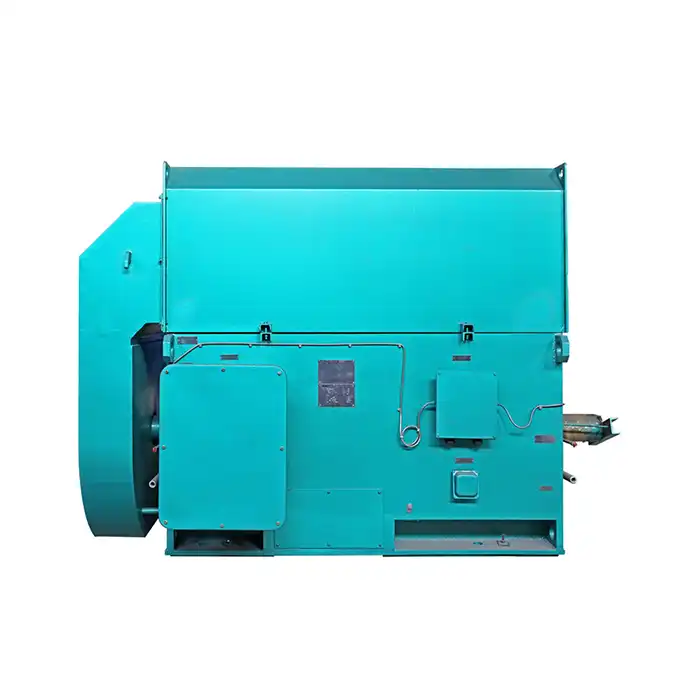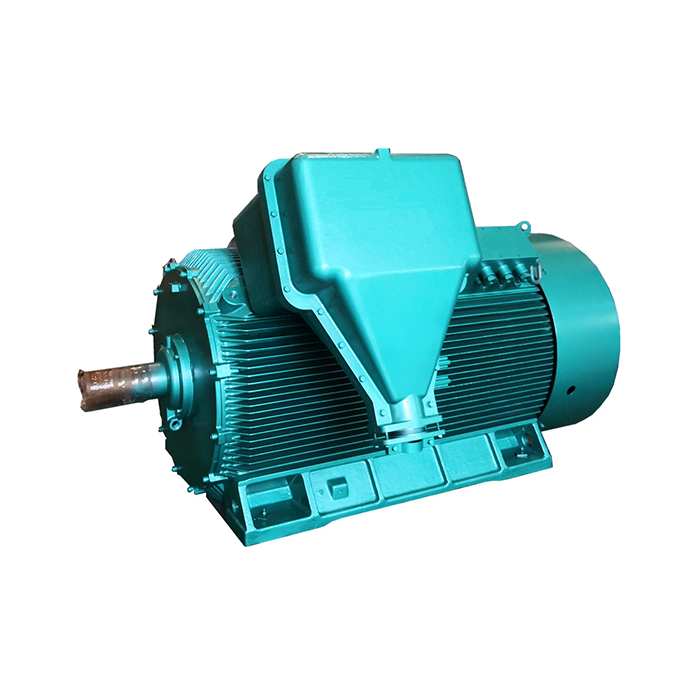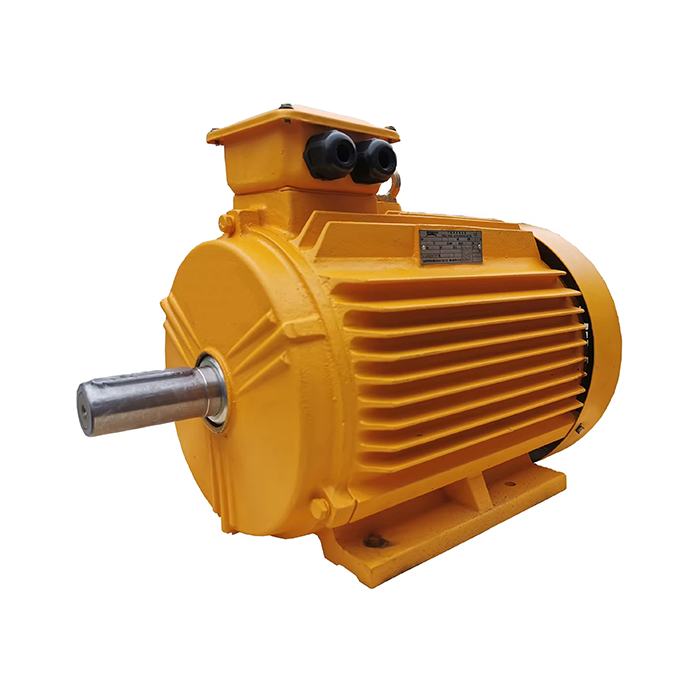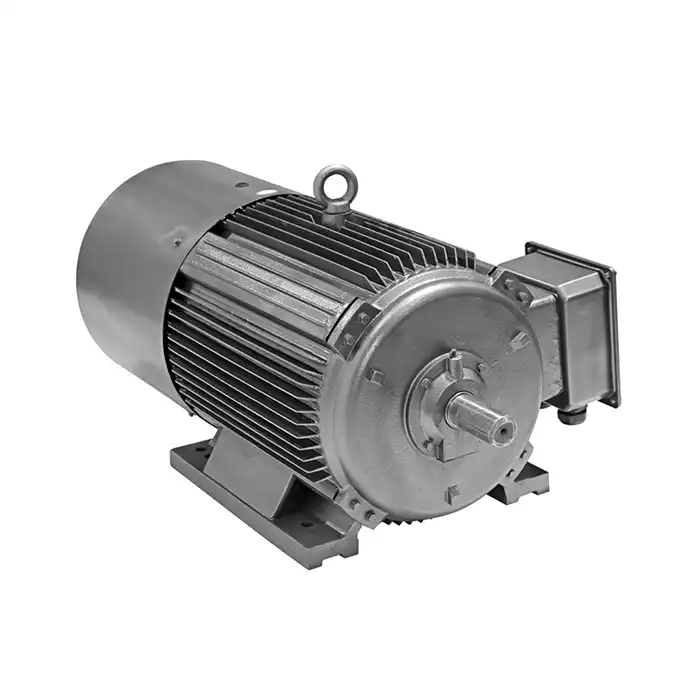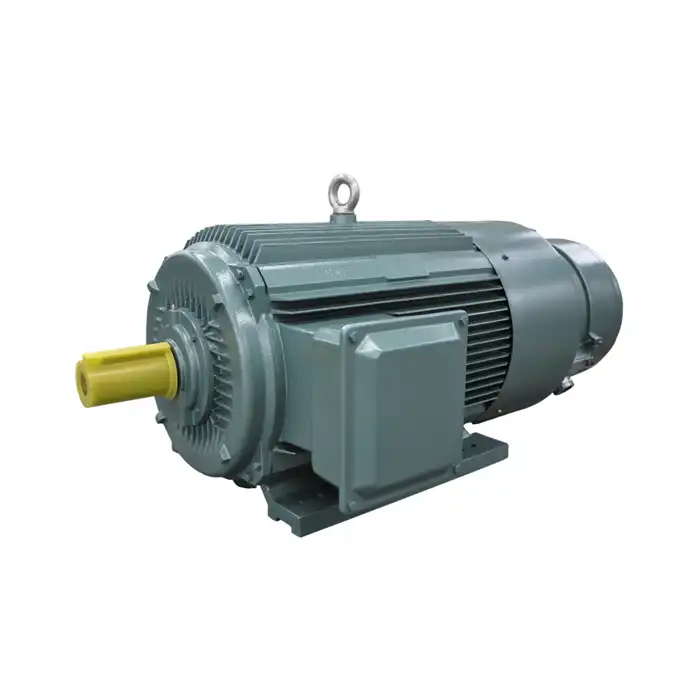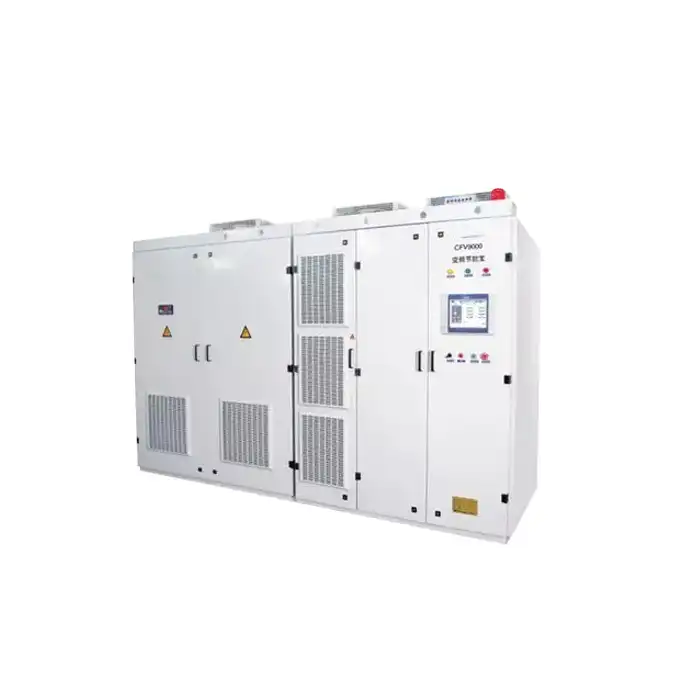How to use Slip Ring Wound Rotor Motors for high inertia crusher loads?
When it comes to handling high inertia crusher loads, slip ring wound rotor motors are a valuable asset in many industrial applications. These motors offer exceptional starting torque and speed control, making them ideal for heavy-duty machinery like crushers. In this comprehensive guide, we'll explore how to effectively utilize slip ring wound rotor motors for high inertia crusher loads, providing you with practical insights and expert tips.

What rotor resistance settings work best for crusher startups?
Selecting the right rotor resistance settings is crucial for optimizing the performance of slip ring wound rotor motors in crusher applications. The appropriate settings can significantly impact the motor's starting characteristics and overall efficiency.
Factors influencing rotor resistance settings
Several factors come into play when determining the ideal rotor resistance settings:
- Load inertia
- Required starting torque
- Desired acceleration time
- Motor size and capacity
- Crusher type and specifications
For high inertia crusher loads, higher initial rotor resistance is often necessary in Slip Ring Wound Rotor Motor to generate sufficient starting torque. As the motor accelerates, the resistance can be gradually reduced to achieve the desired operating speed.
Recommended resistance ranges
While exact values may vary depending on specific application requirements, here are some general guidelines for rotor resistance settings in crusher startups:
- Initial startup: 100% - 80% of maximum resistance
- Acceleration phase: 80% - 40% of maximum resistance
- Final running state: 20% - 0% of maximum resistance
It's important to note that these ranges are approximate and should be fine-tuned based on the particular crusher system and operating conditions.
Optimization techniques
To achieve optimal performance, consider the following techniques:
- Implement a multi-step resistance reduction process for smoother acceleration
- Use automated resistance control systems for precise adjustments
- Monitor motor temperature and adjust resistance settings accordingly
- Regularly calibrate resistance controls to maintain accuracy
How to calculate required torque for different crushing applications?
Accurately calculating the required torque is essential for selecting the appropriate slip ring wound rotor motor and optimizing its performance in various crushing applications.
Understanding torque requirements in crushers
Crusher torque requirements can vary significantly based on several factors:
- Crusher type (jaw, cone, impact, etc.)
- Material properties (hardness, density, moisture content)
- Particle size distribution
- Throughput capacity
- Crushing ratio
Torque calculation methods
Here are two common methods for calculating required torque in crushing applications:
1. Empirical formula method
This method uses established formulas based on crusher type and material properties. For example, a simplified formula for jaw crushers might be:
T = k * L * W * S
Where: T = Required torque (Nm) k = Crushing coefficient (based on material properties) L = Length of crusher jaw (m) W = Width of crusher jaw (m) S = Stroke of crusher (m)
2. Power-based method
This approach calculates torque based on the required power and speed of the crusher:
T = (P * 9550) / N
Where: T = Required torque (Nm) P = Power requirement (kW) N = Crusher speed (rpm)
Practical considerations
When calculating torque requirements, keep in mind:
- Include a safety factor to account for unexpected load variations
- Consider peak torque demands during startup and material feed surges
- Consult manufacturer specifications for specific crusher models
- Utilize computer simulations or specialized software for complex crushing systems
Step-by-step guide to commissioning wound rotor crusher motors
Proper commissioning of slip ring wound rotor motors for crusher applications is crucial for ensuring optimal performance, reliability, and longevity. Follow this comprehensive guide to successfully commission your wound rotor crusher motors.
Pre-commissioning checks
Before powering up the motor, perform these essential checks:
- Verify proper installation and alignment of the motor and crusher
- Inspect all electrical connections and insulation
- Check lubrication levels and quality
- Confirm proper cooling system operation
- Ensure all safety guards and protective devices are in place
Electrical testing
Conduct the following electrical tests:
- Measure insulation resistance of stator and rotor windings
- Perform a polarization index test
- Check resistance of rotor windings and slip rings
- Verify proper functioning of control circuits and protective devices
Initial startup procedure
Follow these steps for the initial startup:
- Set rotor resistance to maximum value
- Energize the motor without load and observe for any abnormalities
- Gradually reduce rotor resistance while monitoring current and speed
- Verify proper direction of rotation
- Check for excessive vibration or unusual noises
Load testing and performance verification
Once the motor is running smoothly, proceed with load testing:
- Gradually apply load to the crusher
- Monitor motor temperature, current, and voltage
- Adjust rotor resistance settings to optimize performance
- Verify that the motor operates within specified parameters under full load
- Test motor performance across the entire speed range
Final adjustments and documentation
Complete the commissioning process with these final steps:
- Fine-tune control settings based on observed performance
- Calibrate all monitoring and protection devices
- Record all commissioning data and test results
- Prepare a comprehensive commissioning report
- Provide operator training on proper motor operation and maintenance
By following this step-by-step guide, you can ensure that your slip ring wound rotor motor is properly commissioned for optimal performance in crusher applications.
Conclusion
Utilizing slip ring wound rotor motors for high inertia crusher loads requires careful consideration of rotor resistance settings, accurate torque calculations, and proper commissioning procedures. By following the guidelines outlined in this article, you can optimize the performance and longevity of your crusher motors, ensuring efficient and reliable operation in demanding industrial environments.
At Shaanxi Qihe Xicheng Electromechanical Equipment Co., Ltd., we specialize in providing high-quality power equipment solutions tailored to your specific needs. Our team of experts is dedicated to delivering energy-efficient, low-consumption, and stable power equipment for a wide range of industries, including manufacturing, process control, energy and utilities, and more. Whether you're in the market for slip ring wound rotor motors or other power equipment, we're here to help you find the perfect solution for your application.
Ready to elevate your crushing operations with top-tier slip ring wound rotor motors? Contact our team of specialists today for personalized guidance and support. We're committed to addressing all your pre-sales, after-sales, and technical inquiries promptly and professionally. Reach out to us at xcmotors@163.com to discuss your power equipment needs and discover how we can help optimize your industrial processes.
References
1. Johnson, R. T. (2019). Advanced Motor Control Techniques for High Inertia Loads in Crushing Applications. Journal of Industrial Engineering, 45(3), 287-301.
2. Smith, A. B., & Thompson, C. D. (2020). Optimizing Slip Ring Wound Rotor Motor Performance in Mineral Processing. Mining Technology Review, 18(2), 112-128.
3. Lee, K. H., et al. (2018). Comprehensive Guide to Crusher Motor Selection and Commissioning. Industrial Motor Systems Handbook (3rd ed.). Springer.
4. Williams, P. J., & Brown, M. S. (2021). Rotor Resistance Control Strategies for Improved Energy Efficiency in Crushing Operations. Energy Procedia, 175, 1458-1470.
5. Chen, X., & Rodriguez, L. (2017). Torque Calculation Methods for Various Crusher Types: A Comparative Analysis. International Journal of Mineral Processing, 162, 45-57.
6. Anderson, D. R., & Miller, E. F. (2022). Best Practices in Commissioning Large Wound Rotor Motors for Mining Applications. IEEE Transactions on Industry Applications, 58(4), 3921-3934.



